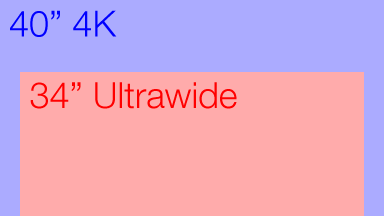AlistairPerson
n00b
- Joined
- Sep 6, 2015
- Messages
- 3
Hi,
I created What Is My Aspect Ratio? (whatismyaspectratio.com). It tells you the aspect ratio of your display. Should work with any TV, projector, computer or phone display (provided there is a browser to access the site with).
It’s targeted at people who don’t know much about aspect ratios and don’t know their own aspect ratio (or resolution). Could be useful if you want to know this yourself or want to know this of a non-tech savvy friend or family member.
Hope you find it useful.
Feedback welcome.
I created What Is My Aspect Ratio? (whatismyaspectratio.com). It tells you the aspect ratio of your display. Should work with any TV, projector, computer or phone display (provided there is a browser to access the site with).
It’s targeted at people who don’t know much about aspect ratios and don’t know their own aspect ratio (or resolution). Could be useful if you want to know this yourself or want to know this of a non-tech savvy friend or family member.
Hope you find it useful.
Feedback welcome.
Last edited:
![[H]ard|Forum](/styles/hardforum/xenforo/logo_dark.png)


